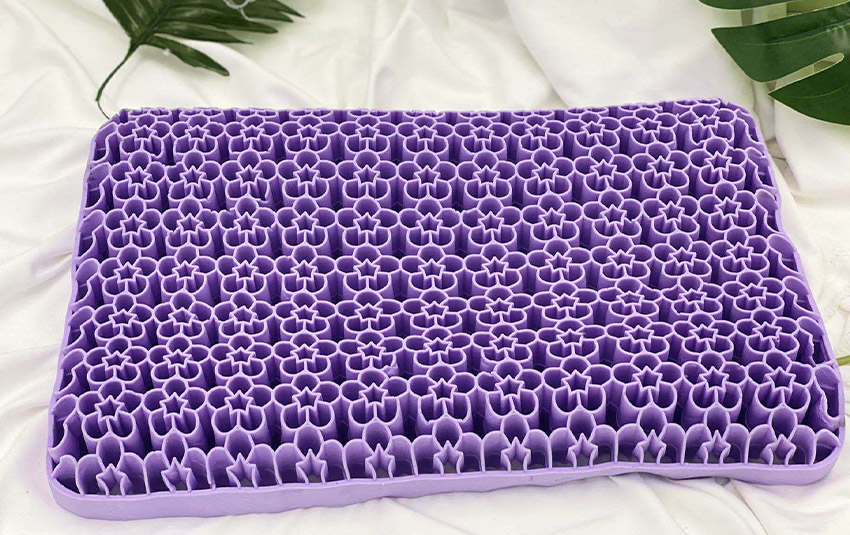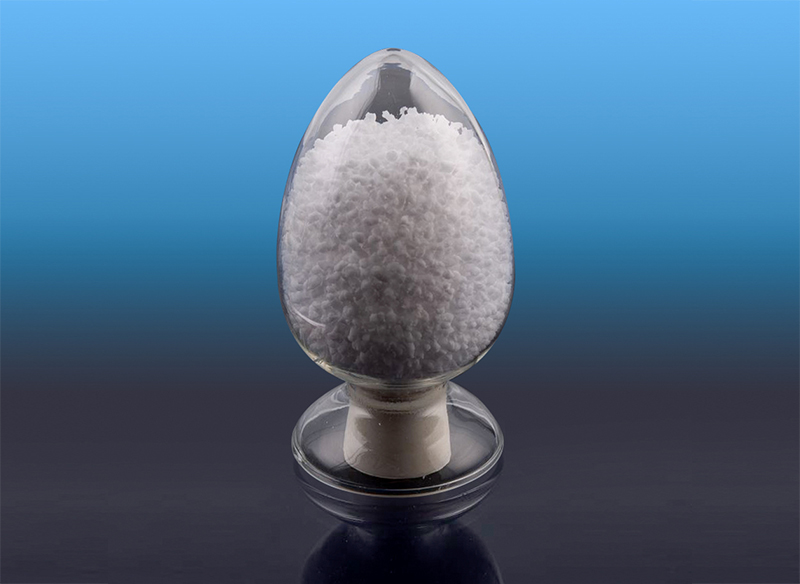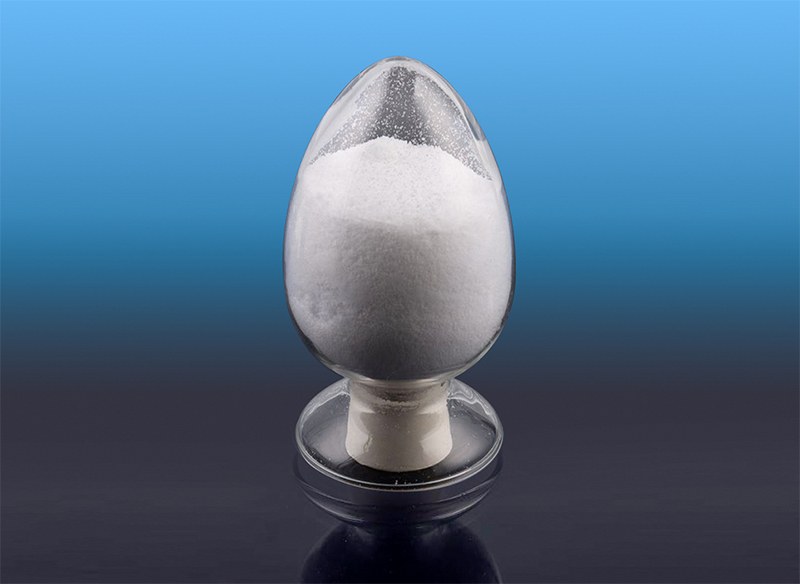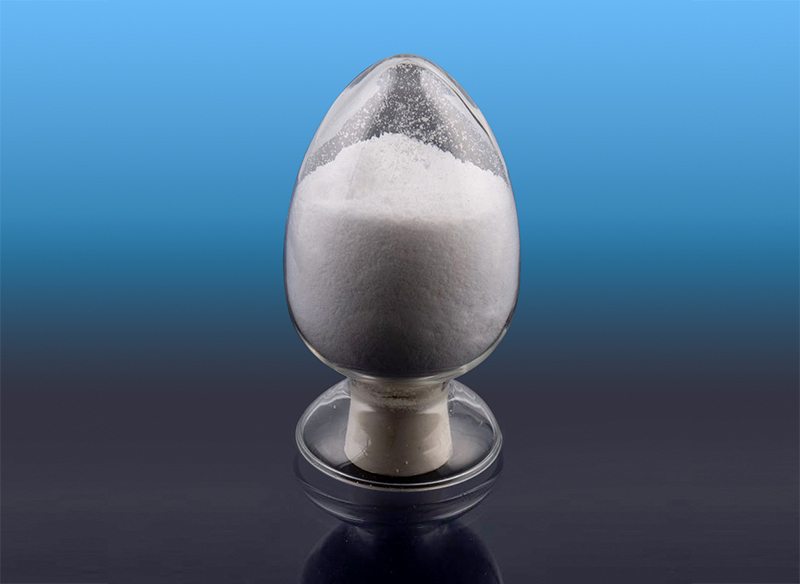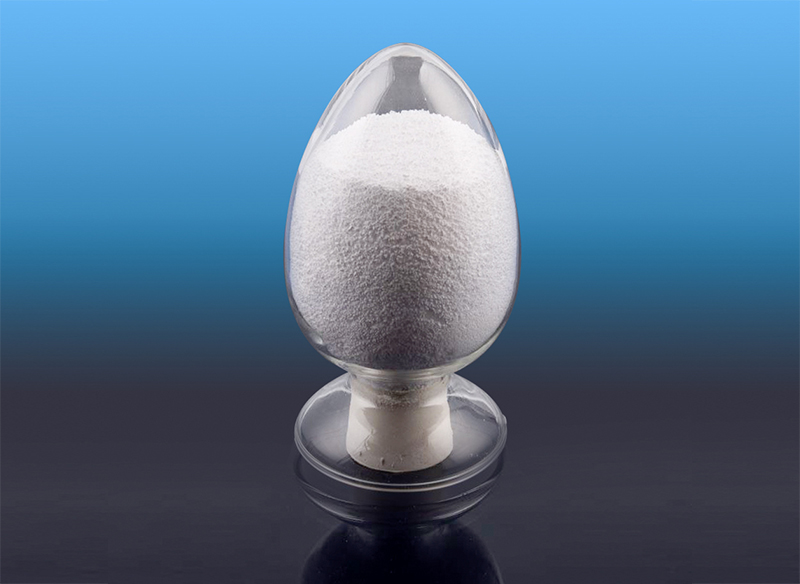What is SEP(S) Used For?
Hydrogenated Styrene-Isoprene Block Copolymer, commonly referred to as SEP(S), is a specialized class of thermoplastic elastomers widely applied across various industries. As a block copolymer composed of styrene and isoprene segments, hydrogenation transforms it into a more stable and durable material, broadening its utility.
Understanding SEP(S): Composition and Properties
SEP(S) belongs to the family of styrenic block copolymers (SBCs), which consist of alternating blocks of hard styrene segments and soft rubbery isoprene segments. The key step in producing SEP(S) is hydrogenation, which saturates the isoprene units to convert them into more chemically stable ethylene-butylene sequences. This process enhances heat resistance, UV stability, and oxidative resistance, making SEP(S) superior to non-hydrogenated counterparts.
Physically, SEP(S) combines the elasticity and flexibility of rubber with the processability of thermoplastics. It can be easily melted and molded but also maintains excellent resilience, flexibility, and durability under stress.
Common Uses and Applications of SEP(S)
Due to its unique combination of properties, SEP(S) is used extensively in products where both rubber-like elasticity and thermoplastic processability are required.
Adhesives and Sealants: SEP(S) serves as a base polymer in pressure-sensitive adhesives (PSAs), hot melt adhesives, and sealants, providing strong tack, flexibility, and excellent adhesion to a variety of substrates.
Tire and Automotive Parts: The material is used in tire tread compounds and other automotive components that require durability, abrasion resistance, and flexibility in extreme temperature ranges.
Footwear Industry: Its elastomeric properties make it suitable for shoe soles and other flexible components, offering comfort and wear resistance.
Medical Devices: SEP(S) is utilized in medical tubing, catheters, and other flexible parts due to its biocompatibility and sterilization resistance after hydrogenation.
Electrical and Electronics: The copolymer finds use in cable jacketing and insulation where flexibility and weather resistance are essential.
Advantages Over Non-Hydrogenated Alternatives
The hydrogenation of the isoprene blocks improves the polymer’s resistance to thermal degradation, oxidation, and ultraviolet light exposure. This means products made from SEP(S) maintain their mechanical and aesthetic properties for longer periods under harsh environmental conditions.
Additionally, SEP(S) offers enhanced chemical resistance and greater dimensional stability, which is vital for applications involving prolonged mechanical stress or exposure to solvents and oils.
Hydrogenated Styrene-Isoprene Block Copolymer (SEP(S)) stands out as a versatile and high-performance material combining the benefits of rubber elasticity with thermoplastic processing ease. Its applications span from adhesives to automotive parts, medical devices, and electronics, driven by its durability, flexibility, and environmental resistance.
Understanding the role of SEP(S) helps industries select the right material for demanding applications, ensuring product longevity and reliability.
